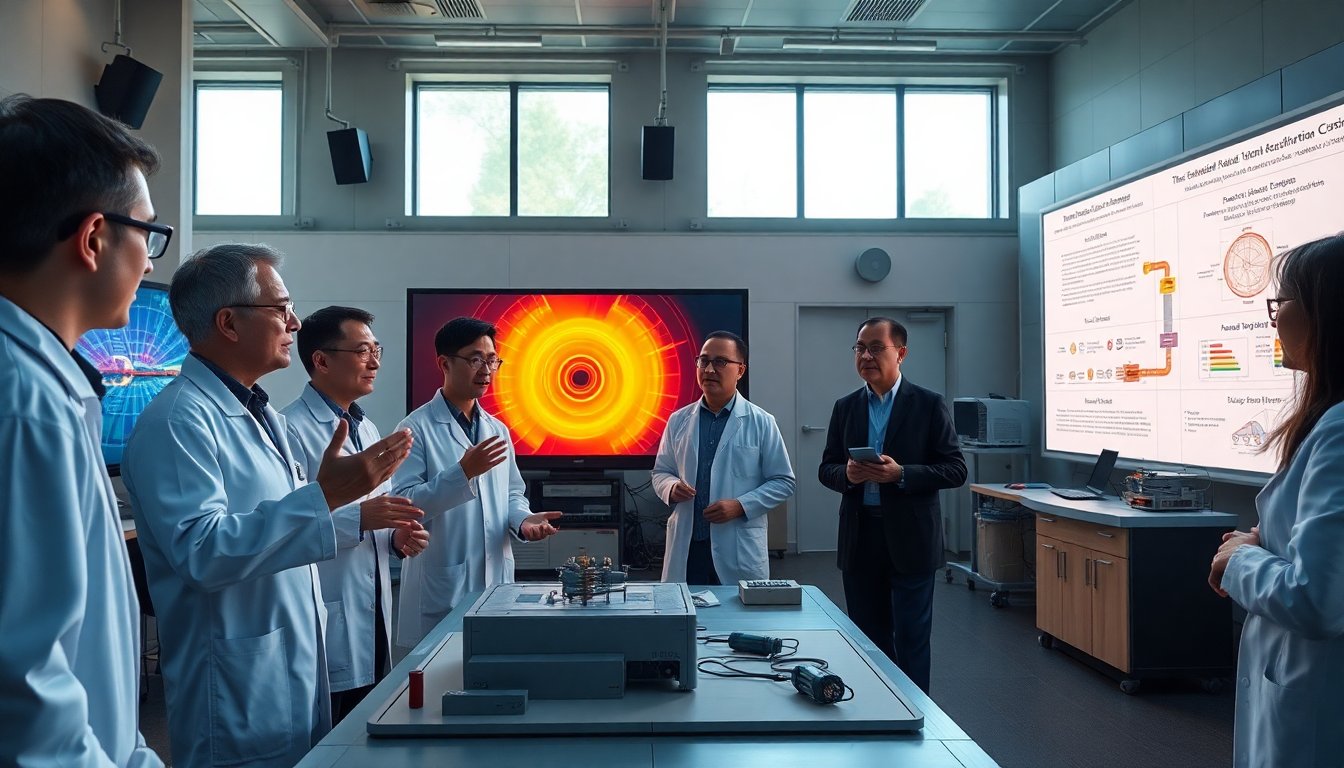Table of Contents
In a significant effort to transform the energy landscape, China is advancing rapidly in the field of nuclear fusion. This ambitious initiative features a comprehensive strategy that includes substantial funding, the return of skilled professionals, and swift prototyping. The goal is to compete with the current leadership of Western nations in the energy sector, especially regarding fusion technology.
The ENN Group, a key player in the clean energy industry, is leading this movement. Based in Langfang, Hebei province, the company operates a large campus filled with various experimental facilities aimed at promoting fusion research. A focal point of these projects is the EXL-50U, a compact tokamak that employs a magnetic field to confine plasma—a state of matter made up of charged gas—essential for fusion reactions.
Technological advancements in nuclear fusion
During a recent visit by the South China Morning Post, engineers worked to enhance the capabilities of the EXL-50U by installing new heating systems called neutral beams. These systems aim to significantly elevate the plasma temperature. Chief engineer Yang Yuanming stated that the target temperature for the plasma is an astounding 100 million degrees Celsius (approximately 180 million degrees Fahrenheit).
Understanding the fusion process
Achieving nuclear fusion requires heating light atoms to ultra-high temperatures and maintaining confinement long enough for them to merge into heavier atoms. This process demands not only advanced technology but also a solid grasp of the fundamental physics governing atomic interactions. The energy produced from these fusion reactions could generate vast amounts of clean electricity, potentially transforming the global energy landscape.
Private and state-backed initiatives
ENN Group is part of a larger movement in China aimed at achieving nuclear fusion. Numerous private companies and state-supported enterprises are striving to develop a commercial fusion reactor by 2035 or sooner. This initiative reflects the Chinese government’s strategy to strengthen its position in the global energy market.
Investment in talent and technology
To advance this objective, substantial investments are being directed toward attracting top talent from around the globe. A key focus is on repatriating Chinese experts who have acquired experience in international institutions, especially in Western countries. By leveraging this expertise, Chinese companies seek to enhance their research and development efforts, positioning themselves as frontrunners in clean energy technologies.
The focus on rapid prototyping allows companies in the nuclear fusion sector to innovate swiftly and efficiently. Through real-time design iterations and concept testing, they can implement quick adjustments. This agility is essential in the dynamic field of nuclear fusion research.
Implications for the global energy landscape
The potential success of these initiatives could significantly impact the global energy landscape. As China advances its nuclear fusion technology, it may not only improve its energy security but also play a crucial role in combating climate change by offering a sustainable and nearly limitless source of clean energy.
China’s strategic investments in nuclear fusion technology signal its ambition to reshape the future of energy. By leveraging innovative technology, repatriated expertise, and substantial funding, the nation aims to become a key player in the global energy market. The quest to unlock the potential of fusion power is just beginning, and international observers will closely monitor China’s progress in the energy sector.


